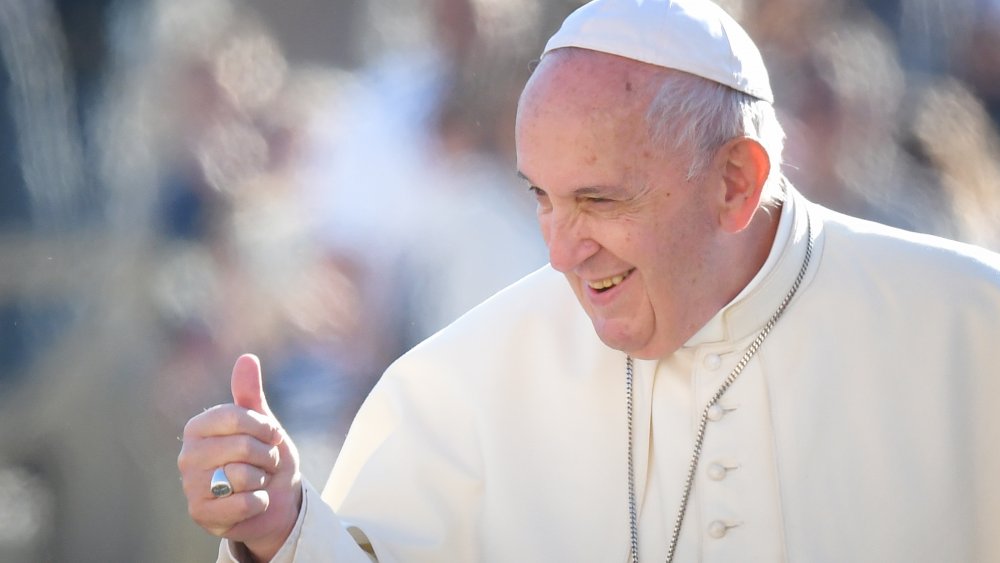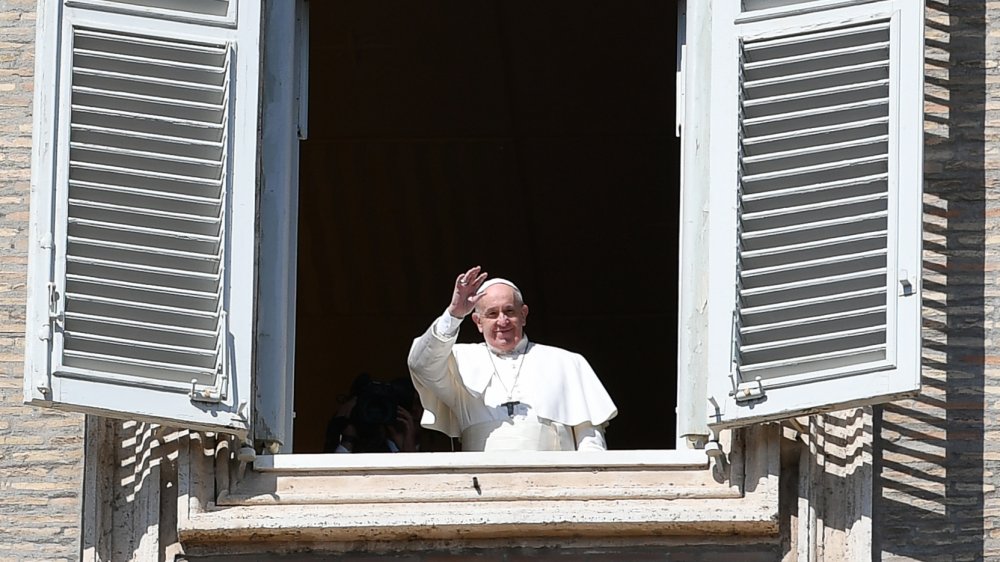The Real Reason Popes Change Their Names
Congratulations — maybe. You've just been elected pope, head of the Catholic Church, with all of its history, its triumphs, its tragedies, and all 110 acres of Vatican City State. Not only do you get a church, you get a country. You don't have to worry about what you'll wear to work. For that matter, you also get to wear white in public after Labor Day and before Memorial Day — all year 'round, actually. You never have to worry about where you left your wallet, because you won't be needing one anymore. And you get to change your name.
It's not necessarily a gimme, and it isn't historically consistent. (There's nothing about, say, dodging unpaid rent, either.) There have been many popes who kept their birth name when they were elected to the papacy, though the last one was in 1555 — Marcellus II, according to Deacon Eric Stoltz, writing in Forbes. The first one on record was in 533 when a man named Mercurius — named after the god Mercury — decided (and he has a point here) that maybe the man heading the Christian Church shouldn't be toting a moniker referencing a pagan deity. Mercurius became John II, as NPR tells it.
Most popes change their name -- Francis used to be known as Jorge
One time does not a habit make, nor even a tradition, though small children have been known to use the argument "But we've always done it that way" with a very loose working definition of "always." Even though it's not a requirement, popes began taking new names consistently since the successors of Marcellus in the 16th Century.
Sometimes a newly-elected pope will give some back story about why he's chosen the name he'll use, and sometimes they don't. Usually if he's the first one to use a particular name, there won't be a numeral attached, as with the current pope, Francis. (Just Francis.) An exception is Pope John Paul I, back in 1978, who, Mental Floss tells us, held office for just over a month before dying in his sleep. He chose the combo name to honor his two immediate predecessors, John XXIII (now canonized as a saint by the Catholic Church) and Paul VI (who's on his way to canonization). John Paul II came immediately after John Paul I, taking that name again to also honor his immediate predecessors.
Pope Francis — born Jorge, or George — chose his name hoping to emulate the virtues and example of St. Francis of Assisi. There have been other one-off names in the history of Catholicism, including a man who led for just about a year in the 10th Century: Pope Lando.

